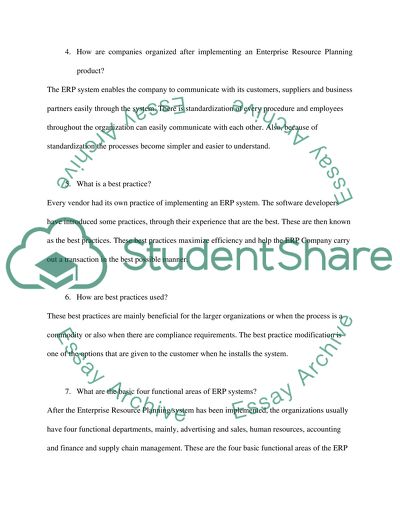Cite this document
(“Sap (Enterprise resource planning) Essay Example | Topics and Well Written Essays - 2250 words”, n.d.)
Retrieved from https://studentshare.org/miscellaneous/1511757-sap-enterprise-resource-planning
Retrieved from https://studentshare.org/miscellaneous/1511757-sap-enterprise-resource-planning
(Sap (Enterprise Resource Planning) Essay Example | Topics and Well Written Essays - 2250 Words)
https://studentshare.org/miscellaneous/1511757-sap-enterprise-resource-planning.
https://studentshare.org/miscellaneous/1511757-sap-enterprise-resource-planning.
“Sap (Enterprise Resource Planning) Essay Example | Topics and Well Written Essays - 2250 Words”, n.d. https://studentshare.org/miscellaneous/1511757-sap-enterprise-resource-planning.


